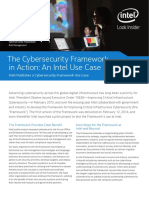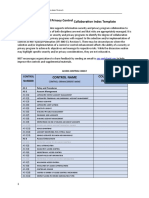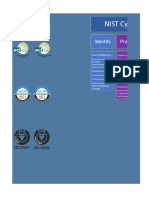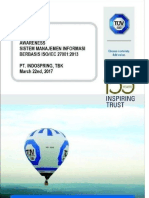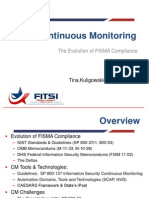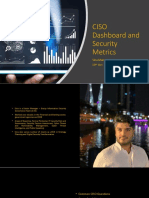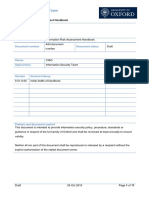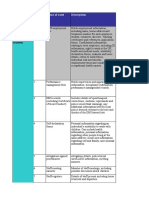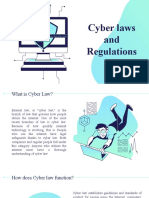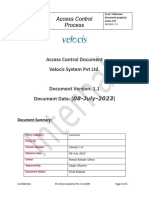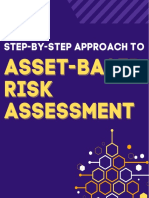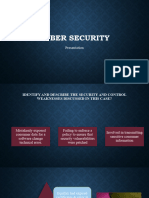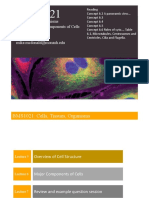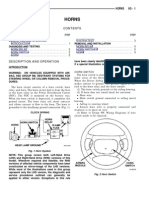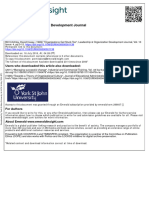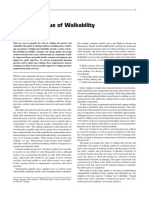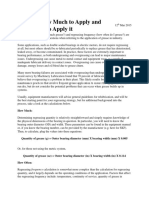100% found this document useful (1 vote)
219 views23 pagesIT Security
The document discusses security and fraud risk trends for 2019 and provides strategies for organizations to address common challenges. It outlines Gartner's top 7 security trends, including the growing costs of data breaches and challenges with legacy security technologies. The document recommends implementing a zero trust model with continuous user monitoring and sensitive data mapping. It also discusses conducting a current state security assessment and developing a future state roadmap with initiatives focused on people, processes, and technologies. The overall goal is to help organizations improve their security maturity over time.
Uploaded by
andreas butarbutarCopyright
© © All Rights Reserved
We take content rights seriously. If you suspect this is your content, claim it here.
Available Formats
Download as PDF, TXT or read online on Scribd
100% found this document useful (1 vote)
219 views23 pagesIT Security
The document discusses security and fraud risk trends for 2019 and provides strategies for organizations to address common challenges. It outlines Gartner's top 7 security trends, including the growing costs of data breaches and challenges with legacy security technologies. The document recommends implementing a zero trust model with continuous user monitoring and sensitive data mapping. It also discusses conducting a current state security assessment and developing a future state roadmap with initiatives focused on people, processes, and technologies. The overall goal is to help organizations improve their security maturity over time.
Uploaded by
andreas butarbutarCopyright
© © All Rights Reserved
We take content rights seriously. If you suspect this is your content, claim it here.
Available Formats
Download as PDF, TXT or read online on Scribd
/ 23



